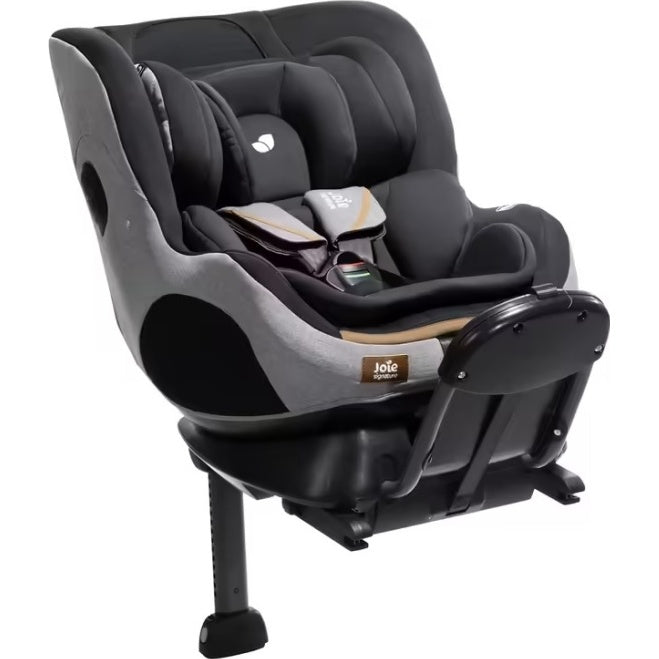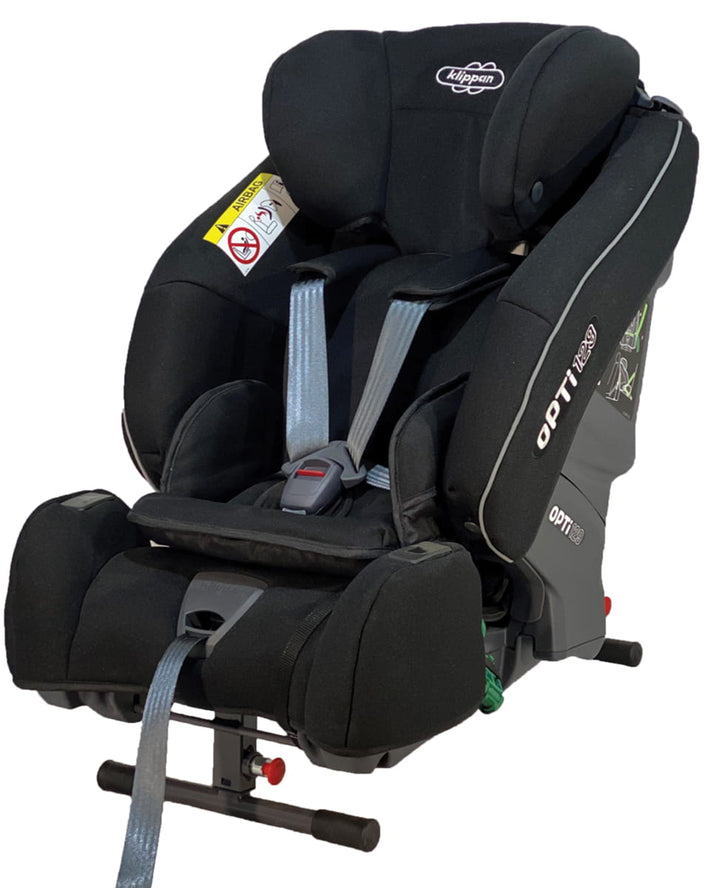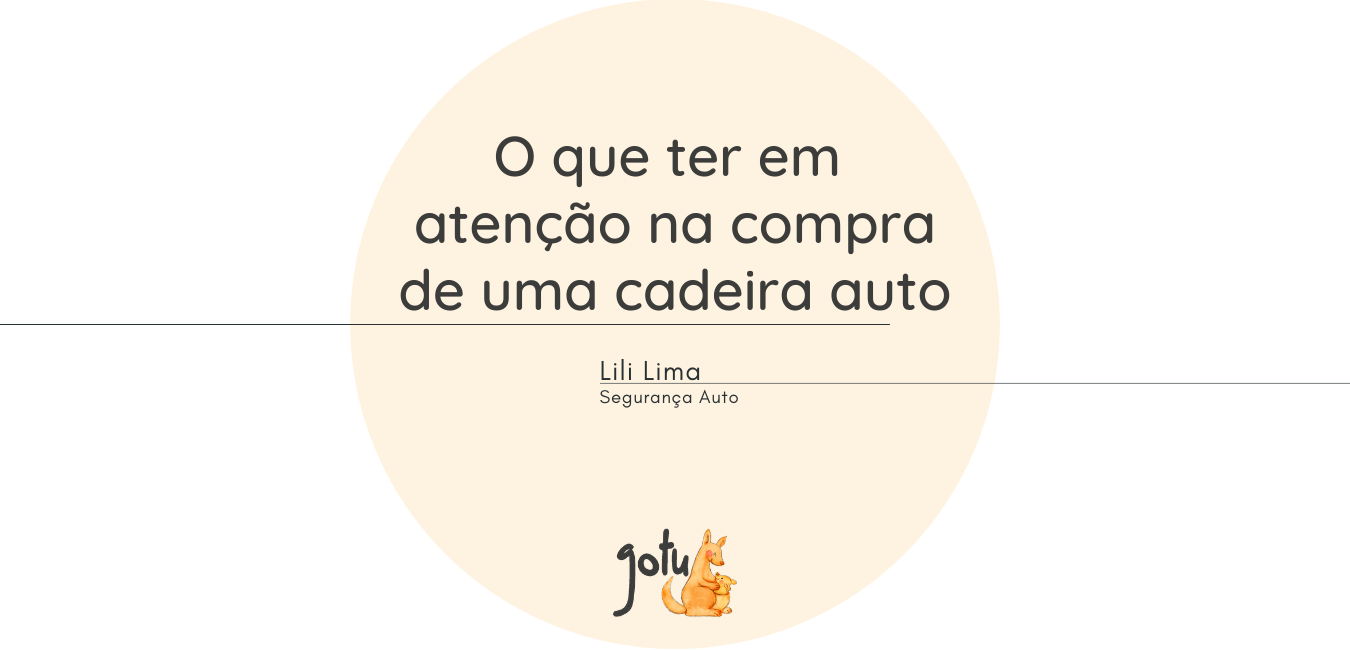Car safety for our children is a matter of utmost importance. This updated guide aims to provide clear, evidence-based information on how to protect little ones during car trips.
The Vital Importance of Traveling Rear-Facing (RF)
This is perhaps the most crucial point: transporting children rear-facing (rear-facing, or RF) for as long as possible is the safest way to travel. Why? A small child's head is large and heavy relative to their body, and their spine and neck are still developing. In a frontal collision (the most common and often most serious type of accident), if the child is facing forward (forward-facing, or FF), the head is thrown violently, placing extreme stress on the fragile neck.
When traveling in rear-facing position, the seat acts as a shield. Impact forces are distributed across the back, neck, and head, which are supported by the seat's structure. This drastically reduces the risk of serious injury. In fact, traveling rearward-facing is 73% safer than forward-facing position. Although the latest law (R129/i-Size) requires rear-facing position up to 15 months and 76 cm, experts recommend keeping children in rear-facing position until at least 4 years old, or until they reach the seat's maximum weight limit. Some seats allow extended rear-facing position (ERF) up to 18 kg (approx. 4 years) or 25 kg (approx. 6 years).
Understanding the Standards: R44 vs. R129 (i-Size)
There are two main European standards for car seats: ECE R44/04 (older) and ECE R129 (i-Size, newer). Since September 1, 2024 , the sale of R44/04 seats has been banned in the EU, with only new R129/i-Size seats permitted. However, R44/04 seats purchased before that date can continue to be legally used for several years, as long as they are in good condition.
The R129/i-Size standard represents a significant advance in safety:
- Height Rating: The R129 uses height (cm) instead of weight (kg) of the R44, allowing for a more accurate fit.
- Mandatory Extended RF: Requires RF up to at least 15 months AND 76cm , compared to the minimum 9kg of R44, offering better cervical protection.
- Mandatory Side Impact Test: The R129 requires side impact testing, something the R44 did not do, ensuring additional protection.
- More Advanced Dummies: Uses "Q" dummies with more sensors (32) for a more accurate measurement of the forces on the child's body.
- ISOFIX Promotion: Encourages the use of the ISOFIX system, which reduces installation errors by attaching the seat directly to the car.
- i-Size Compatibility: Ensures better fit in vehicles with the i-Size logo.
Choosing an R129/i-Size seat therefore offers greater safety guarantees.
Beyond Homologation: Independent Tests (ADAC and Plus Test)
The R44 and R129 standards define the legal minimums. Independent tests such as those by the German ADAC and the Swedish Plus Test offer a more rigorous assessment.
ADAC: Tests anonymously purchased wheelchairs annually. It evaluates:
- Safety (50%): Frontal and side collision tests, sometimes more demanding than homologation.
- Handling (40%): Ease of installation, risk of error, adjustment of belts, clarity of manual.
- Ergonomics (10%): Space for the child, comfort, space occupied in the car.
- Harmful Substances: Penalizes the presence of hazardous chemicals in materials.
ADAC Results: The lower the score, the better the performance (Very Good, Good, etc.).
Swedish Plus Test: Considered one of the most rigorous tests in the world, focusing on neck protection in severe frontal collisions. Requirements:
- High speed (56.5 km/h).
- Very short braking distance (high impact forces).
- Direct measurement of neck force (very low maximum limit: 1220 N / ~122 kg).
Due to this extreme requirement for cervical protection, only Rear-Facing (RF) chairs can pass the Plus Test . FF chairs do not maintain neck forces below the limit. The Plus Test seal is an exceptional guarantee of cervical safety. It is a voluntary test, and the list of approved chairs can be found on the VTI website (the Swedish institute that conducts the test).
Practical Guide: Choice and Use
Portuguese Legislation (Article 55 of the Highway Code):
- Mandatory approved SRC for children < 12 years and < 135 cm.
- Transport in the back seat. Exceptions: Children < 3 years in RF in the front seat (airbag switched off); Children ≥ 3 years in the front seat if there is no seat/belts in the back.
- It is forbidden to transport children under 3 years old in cars without seat belts.
- Fine for non-compliance: €120 to €600 per child.
Chair Phases (Standard R129):
- Stage 1 (Birth to ~85cm / 40-87cm i-Size): "Egg" or convertible chair. RF required. Legal minimum to become FF: 15 months AND 76cm.
- Stage 2 (~76cm to 105cm i-Size): Second stage chair. Recommended to keep RF (ideally until 4+ years).
- Phase 3 (100cm to 150cm i-Size): Booster seat. Preferably with a backrest for lateral protection and seatbelt positioning. Backless only as a last resort (>125cm).
The child's percentile can help you choose chairs with appropriate limits.
ISOFIX: A system that attaches the seat directly to the car, reducing installation errors. Check if your car has the necessary anchor points.
Proper Installation: It's crucial! A poorly installed chair doesn't provide protection.
- Read the manuals (for the seat AND the car).
- Check the firmness (it should not move more than 2-3 cm).
- Adjust the harness (tight, no gaps, at the correct shoulder height).
- Ask for help if you have any questions (specialty stores, visual guides).
Chair Shelf Life: Yes, chairs have a shelf life (usually 6-10 years from manufacture). Materials (plastics, foams) degrade over time, exposed to heat, cold, and sunlight, compromising safety in the event of an impact. Respecting the shelf life is essential.
Used Chairs: Beware!
It's a risk. Why?
- Unknown History: It's impossible to know if you've been in an accident (even a minor one), which can cause invisible damage. Britax recommends changing tires after an impact at 10 km/h.
- Damage and Degradation: Wear, incorrect storage, cracks, missing parts.
- Expired Validity: Difficult to verify the manufacturing date.
- Lack of Manual: Prevents correct installation.
- Old Standards: May not offer current protection (R129).
The savings aren't worth the risk. Always buy a new chair.
Extended RF (ERF) Myths: What about legroom?
- Flexibility: Children adapt well to bent/crossed legs, often more comfortable than legs dangling in FF.
- Space: ERF chairs usually have enough space.
- Safety First: Even if your legs touch the seat, RF protection for your head, neck, and spine is far superior. Leg injuries are less serious.
- Convenience: Swivel chairs make it easier to get your child in and out.
Recommended Car Seats
Based on the safety criteria discussed, especially the importance of extended Rear-Facing and certifications like the Plus Test, here are some suggestions for car seats that stand out:
1. Axkid Minikid 4

An evolution of the popular Minikid, this Swedish chair is known for its safety and ability to adapt to your child's growth.
- Type: Exclusively Against the March (RF).
- Limits: 61 cm to 125 cm / up to 36 kg.
- Certifications: R129 (i-Size), Swedish Plus Test (up to 125 cm).
- Installation: Car seat belt, support leg, self-adjusting lower tethers.
- Notable Features: Headrest and harness automatically adjust to child's height, Force Absorption Technology (ASIP), excellent ERF (Extended Rear-Facing) capability.
- Link: See Axkid Minikid 4 on GoTu
2. Nuna Pruu

This seat stands out for its 360º rotating base, which makes it much easier to put your child in and out of the car.
- Type: Against the March (RF) and In Favor of the March (FF).
- Limits: 40 cm to 105 cm / up to 19 kg. (RF: 40-105cm; FF: 76-105cm)
- Certifications: R129 (i-Size). (Check if it has Plus Test or ADAC rating specific to this model).
- Installation: ISOFIX with support leg (integrated base).
- Notable Features: One-hand 360º rotation, multiple reclining positions in both directions, removable reducers, side impact protection.
- Link: See Nuna Pruu on GoTu
3. Joie i-Prodigi Signature

A chair focused on prolonged Rear-Facing, with the advantage of having the Plus Test seal.
- Type: Exclusively Against the March (RF).
- Limits: 40 cm to 125 cm / up to 22.5 kg.
- Certifications: R129 (i-Size), Swedish Plus Test .
- Installation: ISOFIX with support leg.
- Notable Features: Excellent ERF capability, 8 reclining positions, simultaneously adjustable headrest and harness (Grow Together™), good ventilation, side protection panels (Guard Surround Safety™).
- Link: See Joie i-Prodigi Signature on GoTu
4. Klippan Opti129

From the Finnish brand Klippan, a pioneer in safety, this chair offers extended RF up to a higher weight, making it an excellent option for older children.
- Type: Exclusively Against the March (RF).
- Limits: 61 cm to 125 cm / up to 32 kg .
- Certifications: R129 (i-Size), Swedish Plus Test .
- Installation: Car seat belt, support leg, lower tethers.
- Notable Features: Very high weight limit for RF, removable reducers and cushions for adjustment, adjustable recline upon installation.
- Link: See Klippan Opti129 on GoTu
Conclusion: Protect Your Most Precious Asset
A child's safety in a car depends on our choices. The evidence is clear:
- Prioritize traveling Against the March (RF) as much as possible (ideally 4+ years).
- Choose R129 (i-Size) chairs.
- Consult independent tests (ADAC, Plus Test). For RF, Plus Test is the reference.
- Ensure correct installation.
- Never use used chairs.
- Respect the expiration date.
Investing time in choosing and using a car seat correctly is an investment in your child's life. If in doubt, consult a specialist. Always travel safely.









